When it comes to owning a terrarium, there are many things to consider. What kind of reptile or amphibian will you keep? What size terrarium do they need? And what features should the terrarium have? In this comprehensive Exo Terra 12*12*18 review, we will answer all of your questions about this popular model. We’ll cover everything from assembly to cleaning, so you can decide if this terrarium is the right fit for you and your pet!
Exo Terra Glass Terrarium 12*12*18
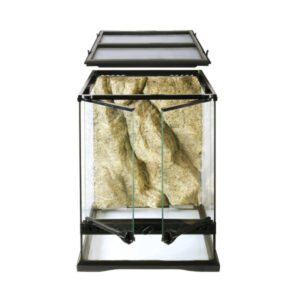 The Exo Terra Glass Terrarium is the ideal reptile or amphibian housing designed by European herpetologists. The front opening doors allow easy access for maintenance and feeding, and the specially designed lock will prevent escape. The full-screen top ventilation allows UVB and infrared penetration and is completely removable for easy access while decorating or cleaning.
The Exo Terra Glass Terrarium is the ideal reptile or amphibian housing designed by European herpetologists. The front opening doors allow easy access for maintenance and feeding, and the specially designed lock will prevent escape. The full-screen top ventilation allows UVB and infrared penetration and is completely removable for easy access while decorating or cleaning. The terrarium also features a lockable front door, making it the perfect choice for those who are worried about their pet escaping. The bottom plate is raised to allow for the installation of a substrate heater, and the extra high fixed front window is ideal for thick substrates. Overall, the Exo Terra Glass Terrarium is the perfect choice for anyone looking for a top-quality terrarium.
Exo Terra 12x12x18 Specifications
- Dimensions: 12 x 12 x 18 inches
- Weight: 15.76 Pounds
- Total Volume: 12 gallons
Pros and Cons of Exo Terra 12x12x18
Buyer’s Guide
How to choose the best model
Now that you know a little bit more about the Exo Terra Glass Terrarium, it’s time to decide if this model is right for you. When choosing a terrarium, there are many factors to consider, such as size, ventilation, and features. In this section, we will help you choose the best Exo Terra 12*12*18 model for your needs.
Size
The first thing you need to consider when choosing an Exo Terra 12*12*18 is the size of your pet.
If you have a small reptile or amphibian, this terrarium will have plenty of space for them to move around and explore. If you have a larger pet, you may want to consider a different model.Ventilation
Another important factor to consider is ventilation.
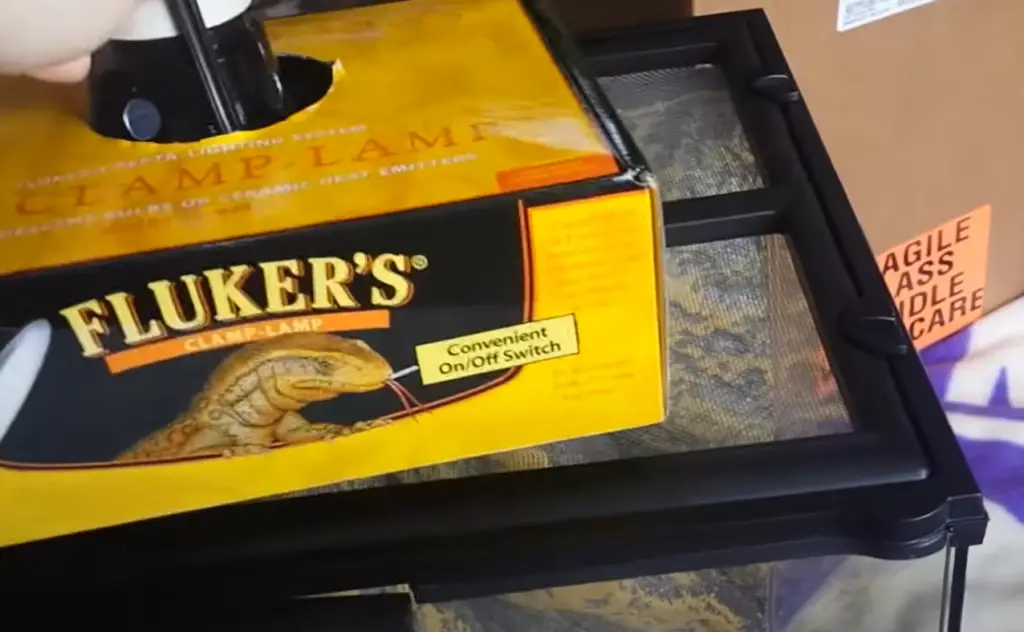
The Exo Terra Glass Terrarium features front opening doors and a full-screen top ventilation system. This allows for UVB and infrared penetration, as well as easy access for cleaning and maintenance.
Features
Finally, you’ll want to consider the features of the terrarium. The Exo Terra Glass Terrarium comes with a lockable front door, raised bottom plate, extra high fixed front window, and closable inlets for wires and tubing. These are all great features that will make your life easier when it comes to owning a terrarium.
What does a reptile terrarium need?
Now that you know how to choose the best model, it’s time to learn about what a reptile terrarium needs. In this section, we will cover the basics of setting up your terrarium.
Substrate
The first thing you’ll need is a substrate.
You can use any type of substrate in your terrarium, but we recommend something that will hold heat well, such as coco coir or lava rock.Heating and Lighting
Your terrarium will also need some form of heating and lighting. The Exo Terra Glass Terrarium comes with a full-screen top ventilation system that allows for UVB and infrared penetration. You’ll also need to purchase a basking lamp and/or a heat mat, depending on the needs of your pet.
Decorations
Last but not least, you’ll need some decorations for your terrarium. This can include anything from live plants to fake vines and rocks. Be sure to choose decorations that are safe for your pet and that won’t harm them if they decide to chew on them.
Humidity factor
One important factor to consider when setting up your terrarium is humidity. Reptiles and amphibians come from a variety of different habitats, so it’s important to choose the right level of humidity for your pet. If you’re not sure what level of humidity your pet needs, we recommend consulting with a veterinarian or reptile specialist.
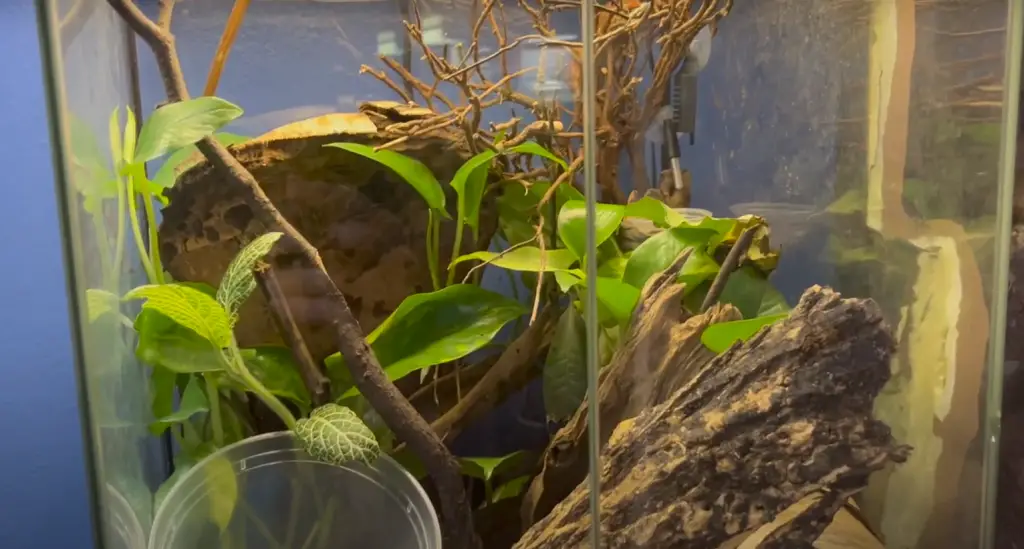
There are a few ways to measure humidity in your terrarium. The first is with a hygrometer, which measures the amount of water vapor in the air. The second is with a moisture meter, which measures the amount of moisture in the substrate. And lastly, you can use your skin as an indicator by feeling how dry or damp the air is inside the terrarium.
Heat & Light
Another important factor to consider when setting up your terrarium is heat and light. Reptiles and amphibians come from a variety of different habitats, so it’s important to choose the right level of heat and light for your pet.
There are a few ways to provide heat and light in your terrarium. The first is with a basking lamp, which provides both heat and light. The second is with a heat mat, which just provides heat. And lastly, you can use natural sunlight as your primary source of heat and light. Just be sure to monitor the temperature inside the terrarium.
Thermometer
A thermometer is an important tool that you’ll need to monitor the temperature inside your terrarium. There are a few different types of thermometers, but we recommend using a digital one so that you can get an accurate reading.
You’ll want to place the thermometer in the warmest part of the terrarium, which is usually near the basking spot. Be sure to check the temperature regularly and make adjustments as needed. The ideal temperature for most reptiles and amphibians is between 75 and 85 degrees Fahrenheit.
Decor
As we mentioned earlier, decorations are an important part of any reptile terrarium. Not only do they provide your pet with a place to hide and feel safe, but they also help to create a naturalistic environment.
Some good options include live plants, fake plants, rocks, and wood. Just be sure to avoid anything sharp or abrasive.Substrate
The substrate is the material that you’ll use to line the bottom of your terrarium. There are a variety of different substrates available, but we recommend something that holds heat well, such as coco coir or lava rock.
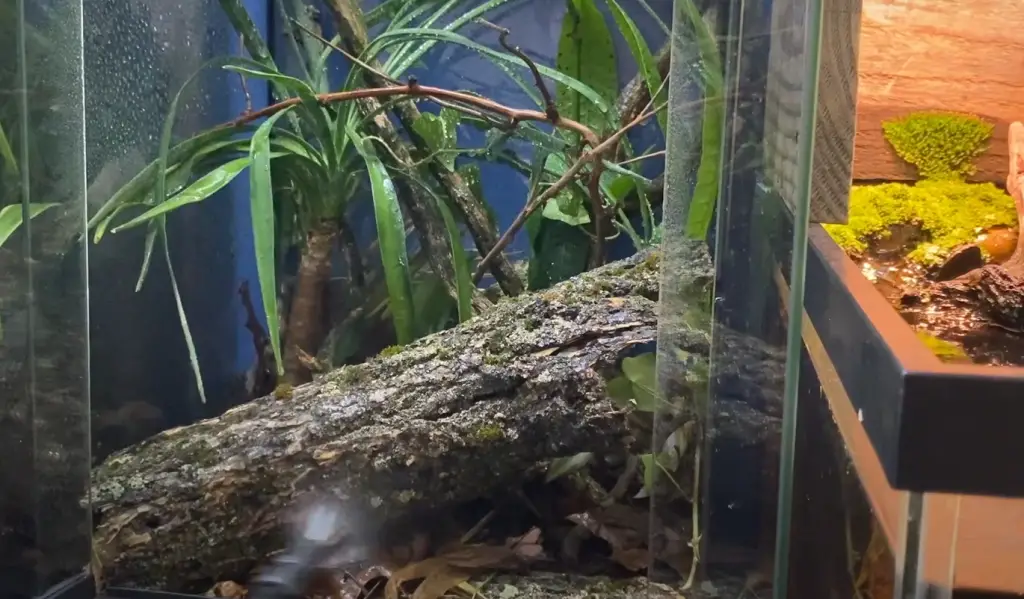
Be sure to avoid using sand as a substrate, as it can be harmful to your pet if they ingest it. Instead, opt for something that’s more naturalistic and easier on their digestive system. [1]
FAQ
How to clean a terrarium?
Cleaning a terrarium is relatively easy, but it does require some regular maintenance. We recommend spot-cleaning the inside of the terrarium every week and doing a deep clean once a month.
To spot-clean, simply remove any waste or uneaten food from the inside of the terrarium. To do a deep clean, you’ll need to remove all of the decorations and substrate from the terrarium and then wash everything down with a mild soap and water solution. Be sure to rinse everything thoroughly before putting it back into the terrarium.
It’s also important to change out the water in your terrarium every week. Simply remove all of the water from the inside of the terrarium and then add fresh, clean water.
Finally, be sure to monitor the temperature and humidity levels inside the terrarium regularly. Adjustments may need to be made from time to time to ensure that your pet is comfortable. [2]
What reptiles can live together in a terrarium?
One of the great things about reptile terrariums is that they can house more than one reptile. Many reptiles do better when they’re housed with other reptiles.
However, it’s important to do your research before putting multiple reptiles together in one terrarium. Some reptiles are known to be aggressive and may not do well with other reptiles. Others may have different temperature and humidity requirements.
What are the top 3 best terrariums?
There are a lot of different terrariums on the market, but our top three picks are the Exo Terra 12*12*18, the Zoo Med Reptibreeze, and the Carolina Custom Cages Terrarium.
The Exo Terra 12*12*18 is our top pick because it’s made from high-quality materials and it’s easy to set up. The Zoo Med Reptibreeze is our second pick because it has a lot of features that make it perfect for reptiles. The Carolina Custom Cages Terrarium is our third pick because it’s made from durable materials and comes in a variety of sizes.
How big should a reptile enclosure be?
The size of the reptile enclosure will depend on the type of reptile you’re housing. Smaller reptiles will need a smaller enclosure, while larger reptiles will need a larger enclosure.
As a general rule of thumb, we recommend an enclosure that’s at least 12*12*18 for most reptiles. This size terrarium will give your reptile plenty of room to move around and will provide them with the necessary environmental conditions they need to thrive.
Related Video: Exo Terra 12x12x18 Setup Live Stream
Conclusion
The Exo Terra 12*12*18 is a great option for those looking for an affordable, easy-to-use terrarium. This terrarium is perfect for small to medium sized reptiles and amphibians, and it’s simple to set up and take down. If you’re in the market for a new terrarium, we highly recommend giving the Exo Terra 12*12*18 a try. Have you used this terrarium before? What did you think? Let us know in the comments below.
References:
- https://www.petco.com/content/petco/PetcoStore/en_US/pet-services/resource-center/new-pet/reptile-remodeling-proper-habitat-setup.html
- https://www.zillarules.com/articles/how-to-clean-your-reptile-tank

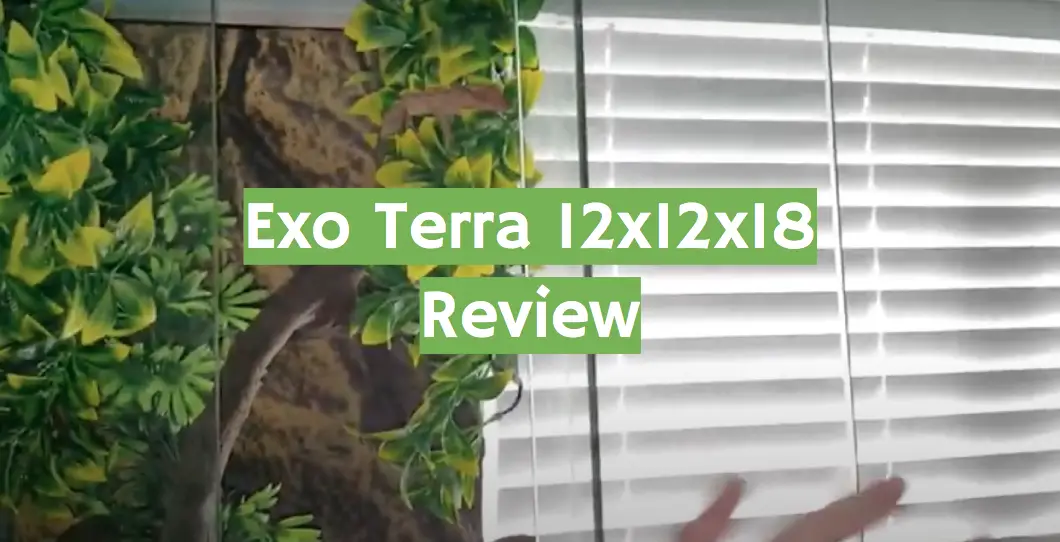
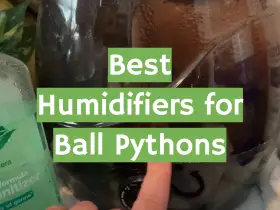
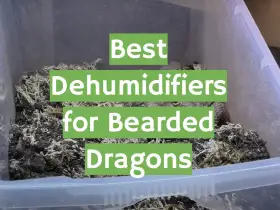
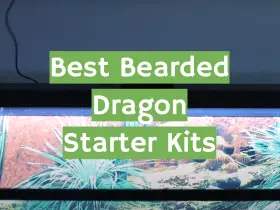

Leave a Review